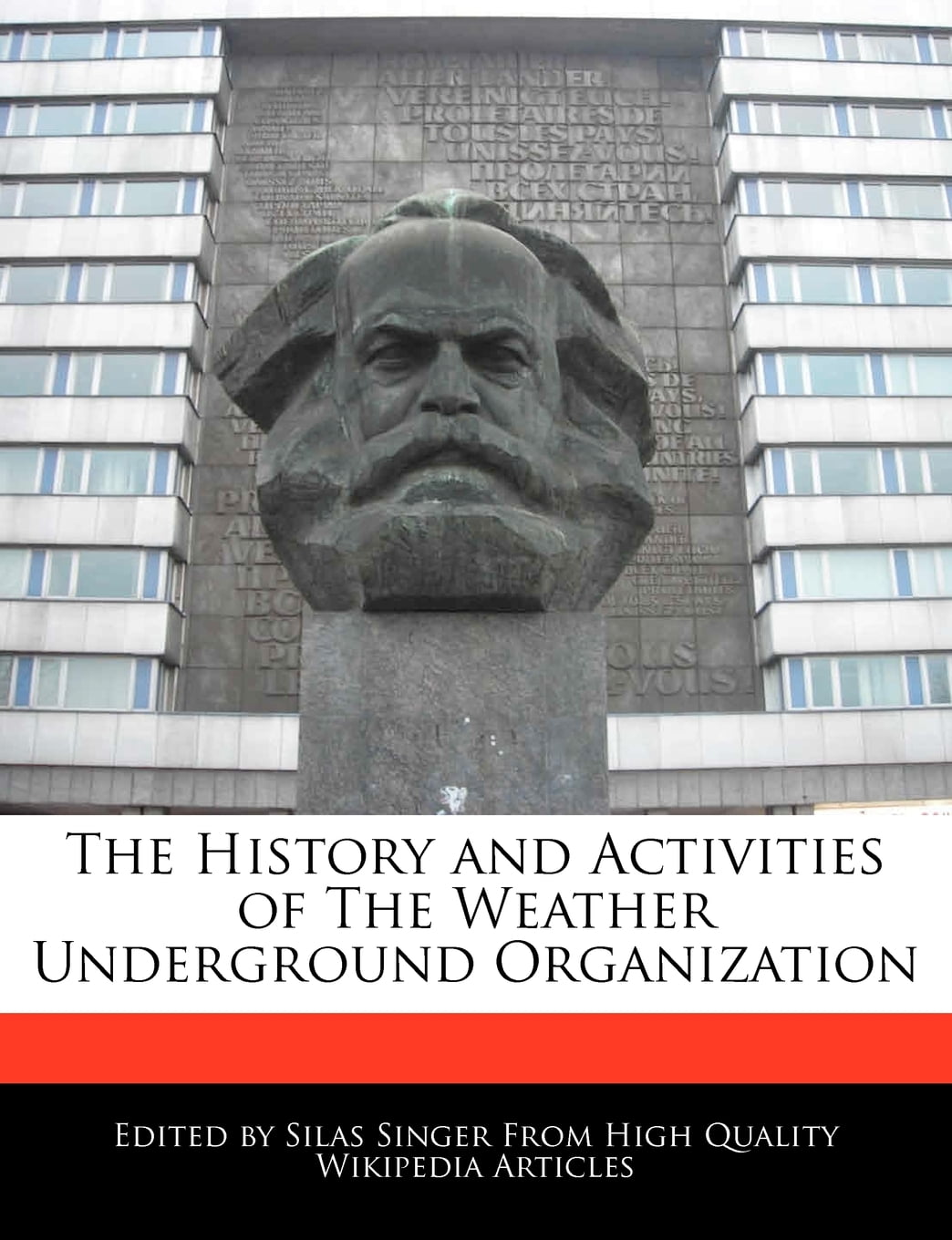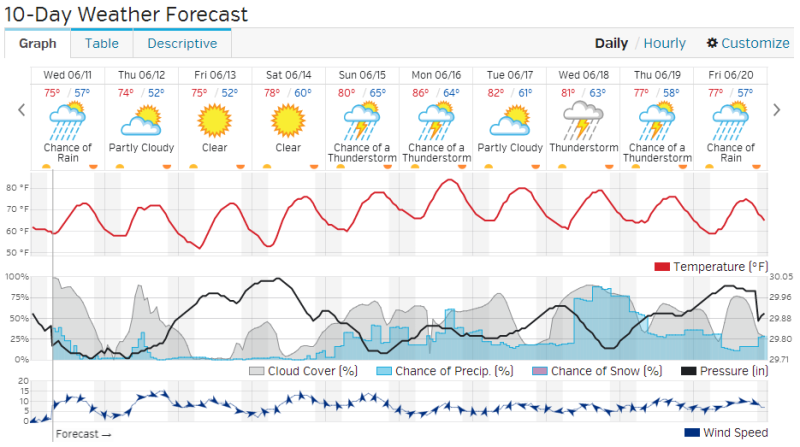

Córdoba was conquered by the Romans in 206 BC. The first historical mention of a settlement dates to the Carthaginian expansion across the Guadalquivir. The population gradually learned copper and silver metallurgy.

Pre-urban settlements around the mouth of the Guadalquivir river are known to have existed from the 8th century BC. The first traces of human presence in the area are remains of a Neanderthal Man, dating to c. Reconstruction of the Roman temple of Córdoba. During the era of Muslim rule the city was known in Arabic as Qurṭubah (Arabic: قرطبة). After the Roman conquest, the town's name was Latinised as Corduba. Another, suggested in 1799 by José Antonio Conde, is that the name comes from a Phoenician-Punic qart ṭūbah meaning 'good town'. One is that the Carthaginian general Hamilcar Barca named the city qart Juba, meaning "the City of Juba," a Numidian commander who had died in a battle nearby. The name Córdoba has attracted a number of fanciful explanations. Summers are very dry whereas the mild winters have frequent rainfall. Much of this architecture, such as the Alcázar and the Roman bridge has been reworked or reconstructed by the city's successive inhabitants.Ĭórdoba has the highest summer temperatures in Spain and Europe, with average high temperatures around 37 ☌ (99 ☏) in July and August. Córdoba has more World Heritage Sites than anywhere in the world, with four.

The UNESCO status has since been expanded to encompass the whole historic centre of Córdoba, Medina-Azahara and Festival de los Patios. Following the Christian conquest in 1236, it became part of the Crown of Castile.Ĭórdoba is home to notable examples of Moorish architecture such as the Mezquita-Catedral, which was named as a UNESCO World Heritage Site in 1984 and is now a cathedral. During these Muslim periods, Córdoba was transformed into a world leading center of education and learning, producing figures such as Maimonides, Averroes, Ibn Hazm, and Al-Zahrawi, and by the 10th century it had grown to be the second-largest city in Europe. Once a Roman settlement, it was taken over by the Visigoths, followed by the Muslim conquests in the eighth century and later becoming the capital of the Umayyad Caliphate of Córdoba. The city primarily lies on the right bank of the Guadalquivir, in the south of the Iberian Peninsula.

It is the third most populated municipality in Andalusia and the 11th overall in the country. Córdoba ( / ˈ k ɔːr d ə b ə/ KOR-də-bə, Spanish: ), or sometimes Cordova ( / ˈ k ɔːr d ə v ə/ KOR-də-və), is a city in Andalusia, Spain, and the capital of the province of Córdoba.


 0 kommentar(er)
0 kommentar(er)
